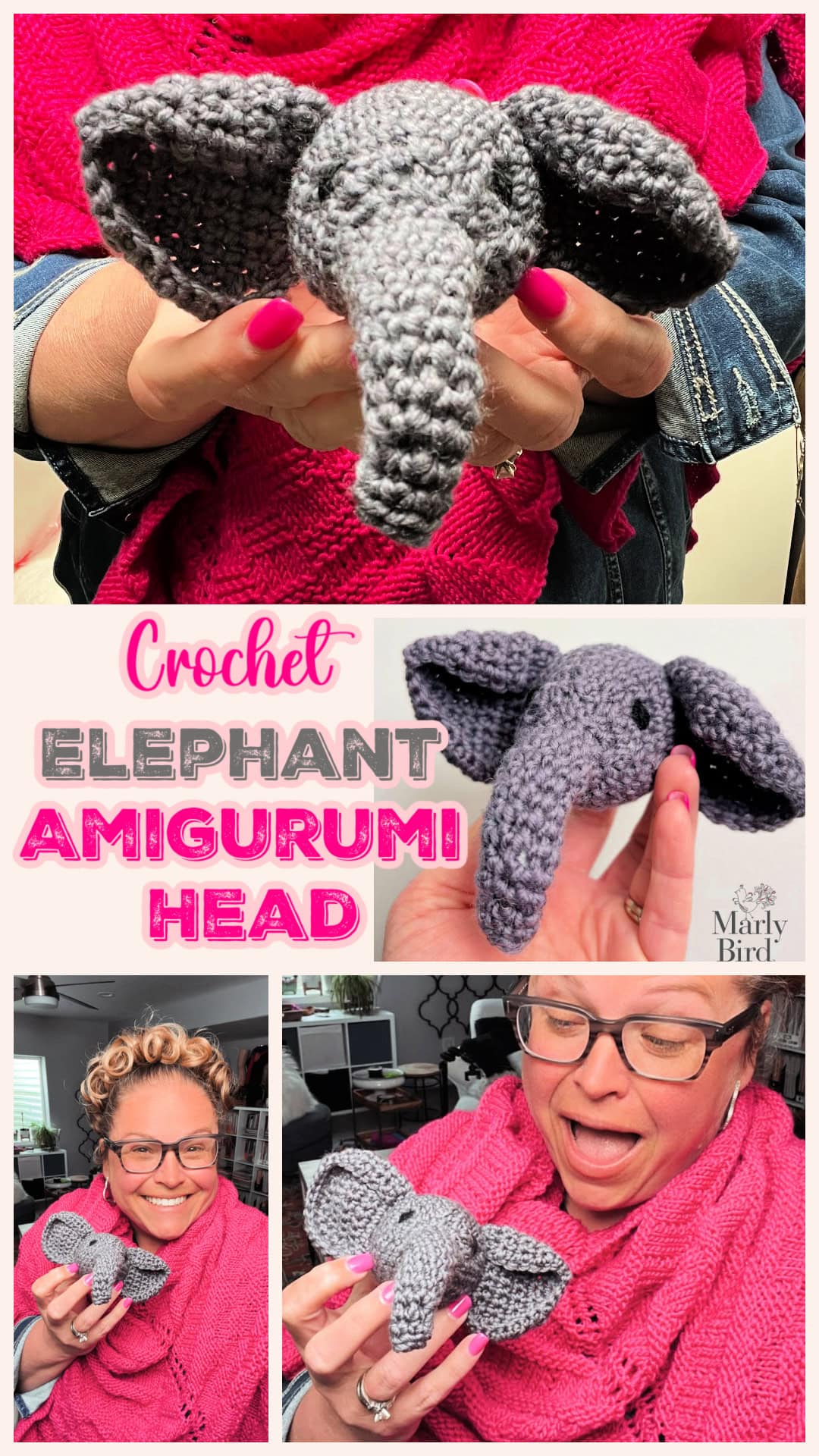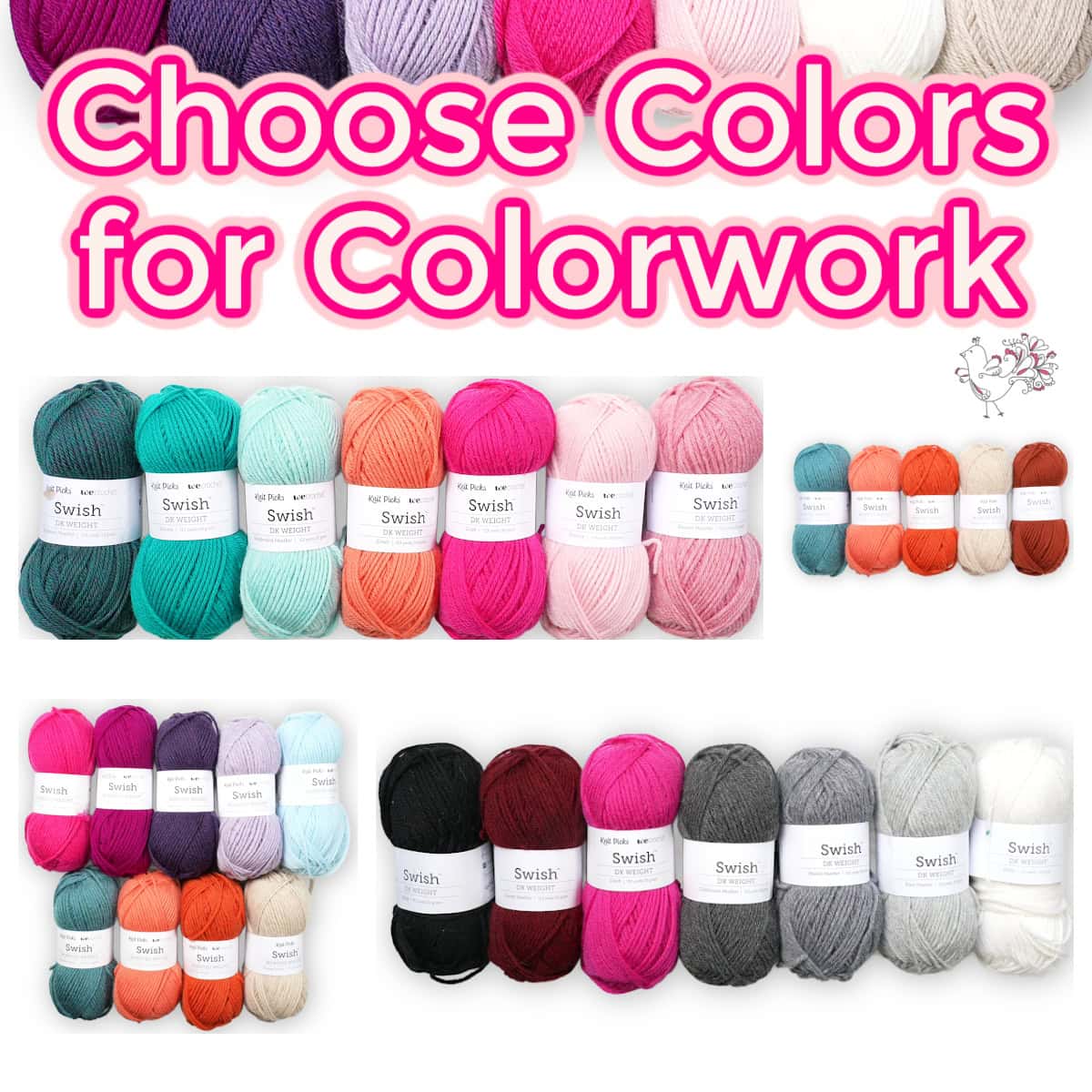Reminder: Machines Can’t Crochet
Did you know that there are machines to replicate knitting and weaving, however machines can’t crochet? It’s due to the unique nature of the way that you build one loop upon the other in crochet. As a result, if you see real crochet in the store, then it’s been crafted by hand. That fact has come to the attention of the online crafting world recently, starting with the TikTok Trend questioning the low price of a Target crochet sweater.
The Crochet You See In The Store
If you shop in a store like Target (or anywhere else that the clothing items sold are produced in bulk), then the crochet you see is one of two things:
It’s Not Real Crochet
Sometimes you see items advertised as crochet. However, when you look closer, you realize it’s not true crochet. It’s crochet-like lace that’s been created by a machine. As a crafter, this may or may not bother you. It’s a personal feeling – some people like that there’s affordable crochet-like fabric out there and others hate that it’s not true crochet.
Or It’s Made By Hand
Since machines can’t crochet (learn more about this here), the other option is that the item was made by hand. Someone, somewhere, put in the hours to crochet that item with hook and yarn.
The Target Crochet Sweater Controversy
TikTok went wild last month pointing out how a Target crochet sweater at a low price point likely means that someone isn’t getting fair pay for their work. This made the news and other social media headlines and has sparked an important conversations about labor practices in the fast fashion industry.
This is something we’ve discussed here on the Marly Bird blog before. In fact, we talk about it annually when Dressember comes around, offering a way for craftivism to raise awareness about human trafficking in the fast fashion industry.
This post isn’t about beating up on Target. It’s about the following important issues:
- Remembering that machines can’t crochet so someone’s hard work went into that sweater. Knowing that and caring about who did that work.
- Raising awareness about how women in general working in the fashion labor industry often don’t get paid a fair wage.
- Understanding that this also relates to how knitters and crocheters do (or don’t) get fairly compensated for their work. When you see a crocheted sweater at a craft fair for $150, realize that even this probably means a lot of low pay hours went into creating that item. It’s a better rate for the crafter than the $30 fast fashion alternative, but it’s still unfair.
- Promoting the work of crafters, especially women and people of color. The more we promote and support the value of handcrafting, the more likely society is to shift towards appreciation of these arts.
- Learning how to crochet yourself that sweater might be a better use of your time and money than simply purchasing it at the store.
What Is Fair Trade Crochet?
There are Fair Trade companies that work with crafters in other countries to produce handmade clothing, accessories, home decor, etc. Each of these companies commits to providing a fair living wage to their employees. Often, they share the name of the person who handcrafted your item along with a little bit about their story. They may provide education, small business growth opportunities, a commitment to environmentally-friendly practices and other things as well.
If you want to ethically source crochet clothing, then your best bet is to buy it directly from someone you know how makes it by hand (since machines can’t crochet!) The next best bet is to work with a Fair Trade Crochet business. Remember, however, that any company can set up a website. Therefore, it’s best to do a deep dive into the company’s background. Try to ascertain if they really practice what they say they practice.
What are your thoughts on the Target crochet sweater controversy?
You Might Also Like:
The Target crochet sweater was a granny square cardigan. Love granny squares? Here are some of our favorite related roundups:











